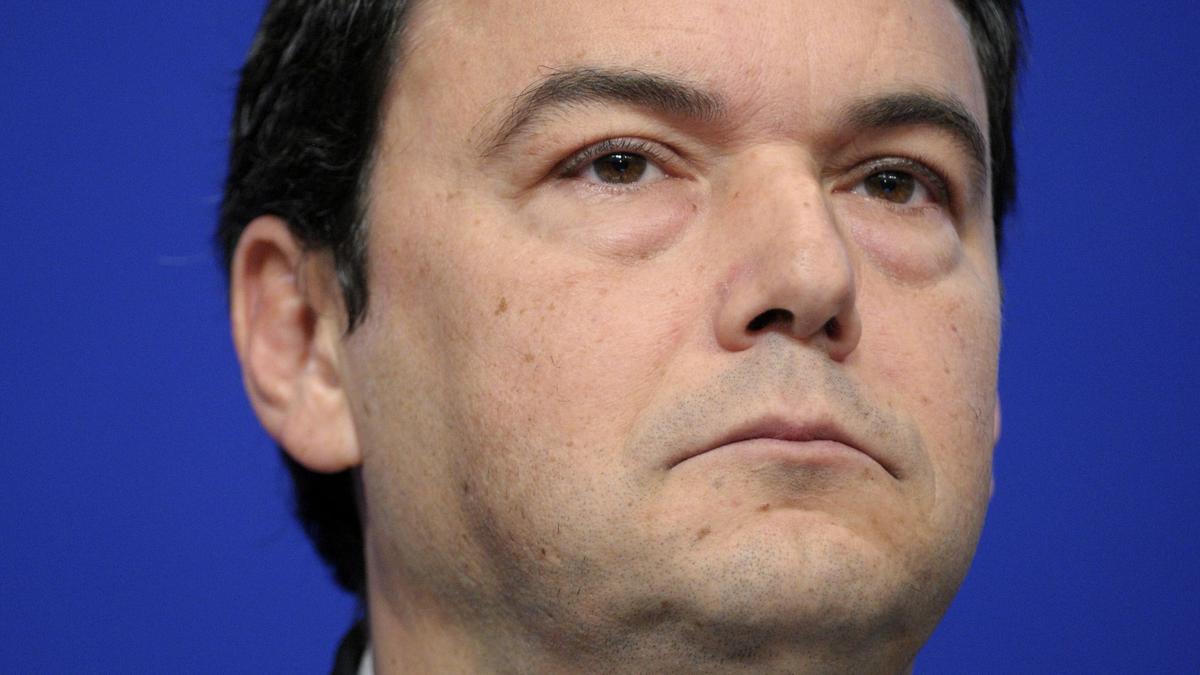This typical, though unique, profile of an Indian patient has emerged in a special review of lung cancer cases in Asia in The Lancet, one of the most widely read medical journals in the world.Studies have shown that lung cancer presents approximately a decade earlier in India as compared to Western countries, with a mean age at diagnosis of 54-70 years.
Written by a team of doctors, mainly from Tata Memorial Centre in Mumbai, the article, titled ‘Uniqueness of lung cancer in Southeast Asia’, said lung cancer was the third most commonly diagnosed cancer (18.5 lakh new cases or 7.8%) in this region in 2020, but it is the commonest cause of cancer mortality, causing 16.6 lakh or 10.9% deaths. The corresponding global figures are 22 lakh new cases (11.6%), causing 17 lakh deaths (18%). In India, lung cancer accounts for an annual incidence of 72,510 cases (5.8%) and 66,279 deaths (7.8%).
Highlighting the “uniqueness” of Indian patients, one of the authors, Dr Kumar Prabash from Tata Medical Centre’s medical oncology department, on Tuesday told TOI that “over 50% of our lung cancer patients are non-smokers“.
The study said the important risk factors for lung cancer in non-smokers included air pollution (especially particulate matter PM2.5), occupational exposure to asbestos, chromium, cadmium, arsenic and coal as well as second-hand smoke at home. Factors like genetic susceptibility, hormonal status, and pre-existing lung disease could also play a role in the rising lung cancer incidence in never-smokers.
Dr Prabash further said the proportion of cases here is lower than in the West. “The incidence rate of lung cancer in the US is 30 per 1,000, but it’s 6 per 1,000 in India. Given our huge population, however, even the 6% works out to a huge number of patients.”
Another uniqueness about India’s lung cancer problem, he said, is the high incidence of TB. “Diagnosis often gets delayed because of TB as both conditions mimic each other.” In this regard, the authors said it’s not easy to get access to newer treatment modalities and molecules. “Most treatments are developed abroad, and importing them adds to the cost.” The biggest challenge is early identification and start of treatment. “Barely 5% of lung cancer patients seek help in time for surgical help. We need to increase this number to at least 20% like in the West,” Dr Prabash said.






